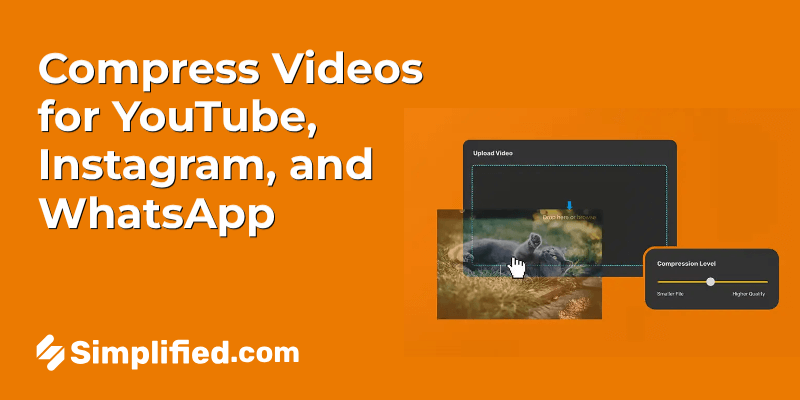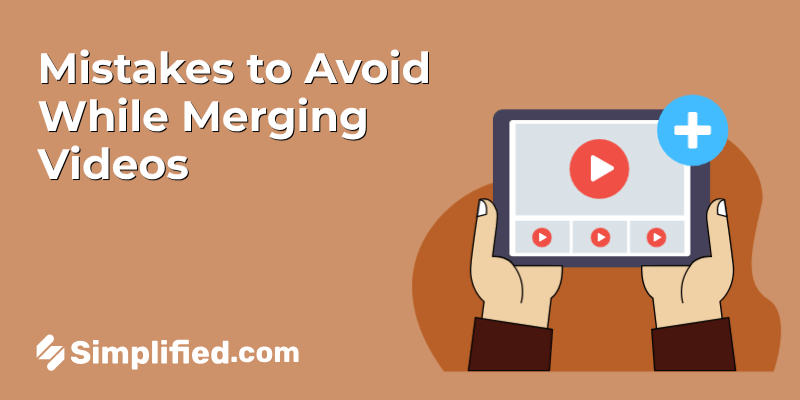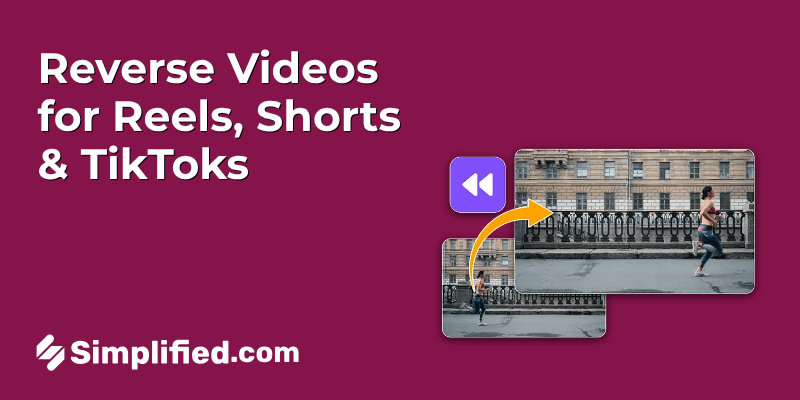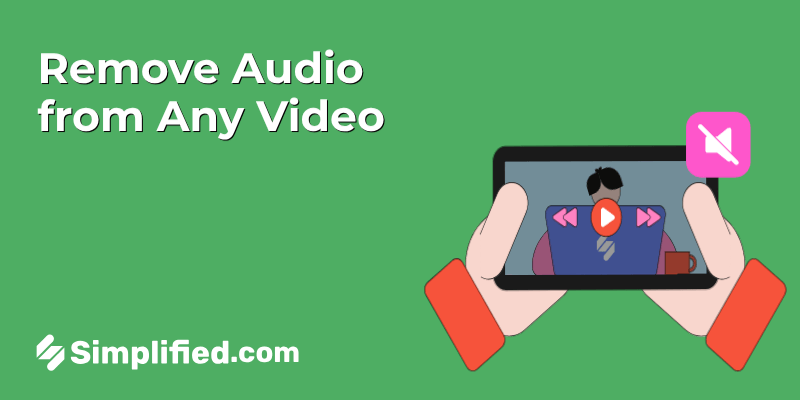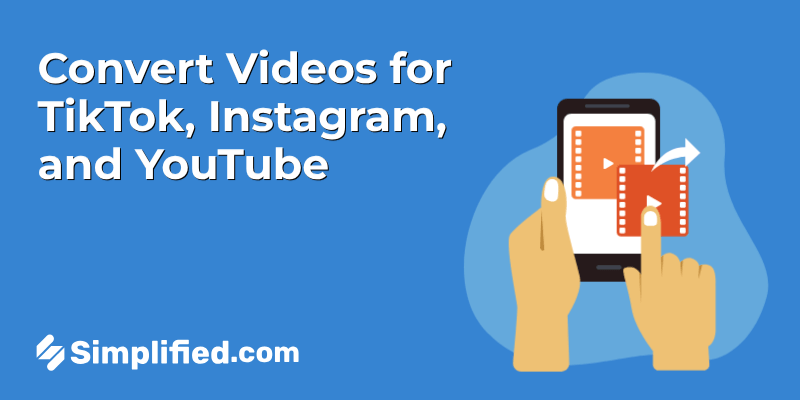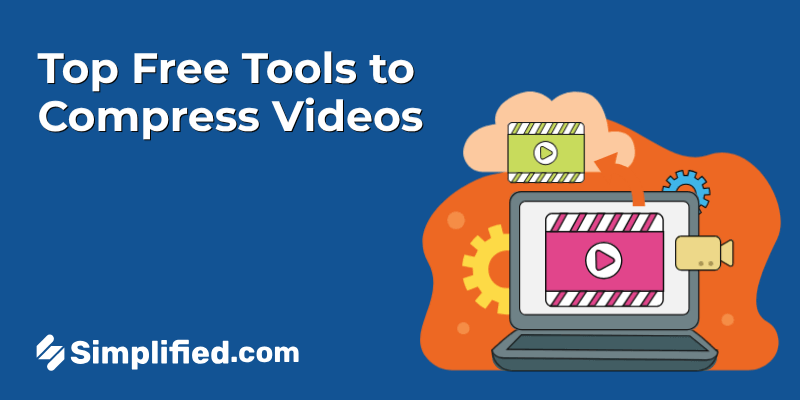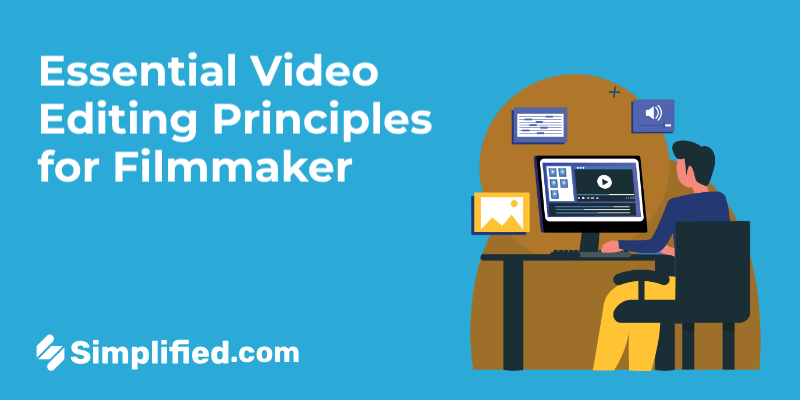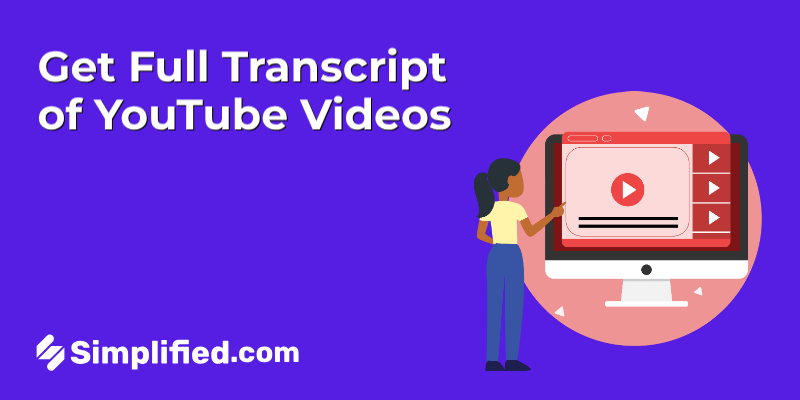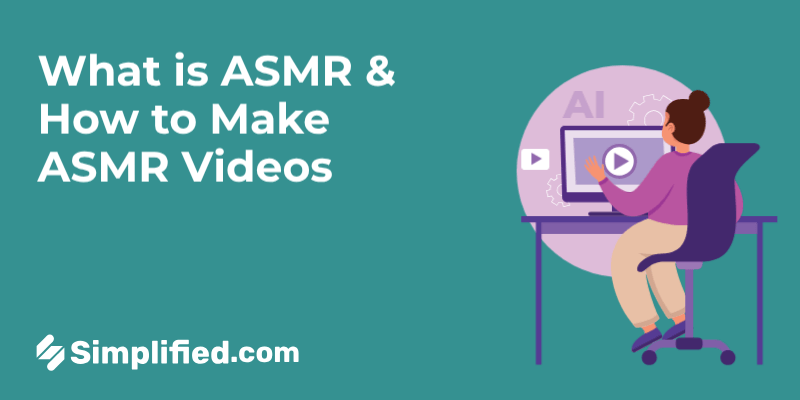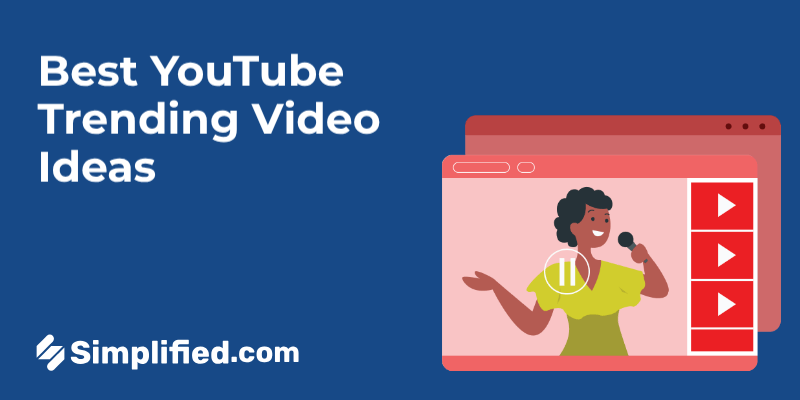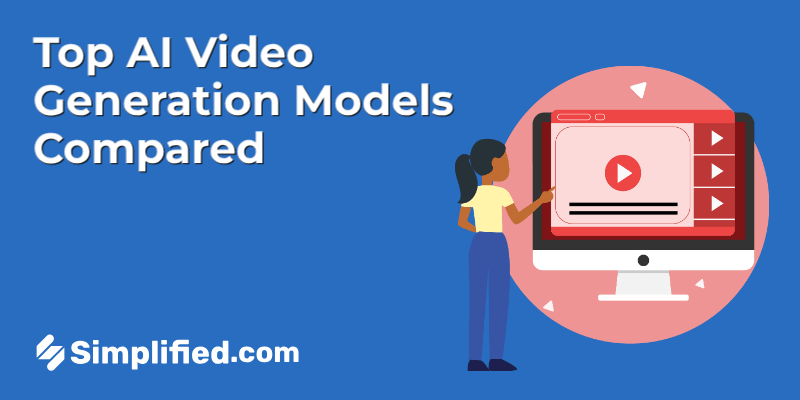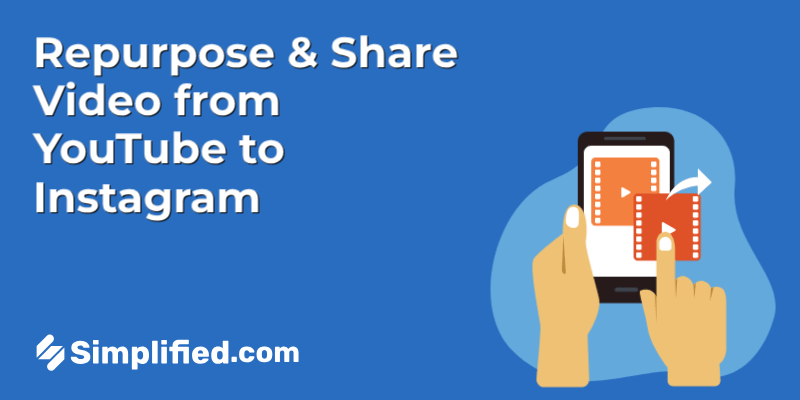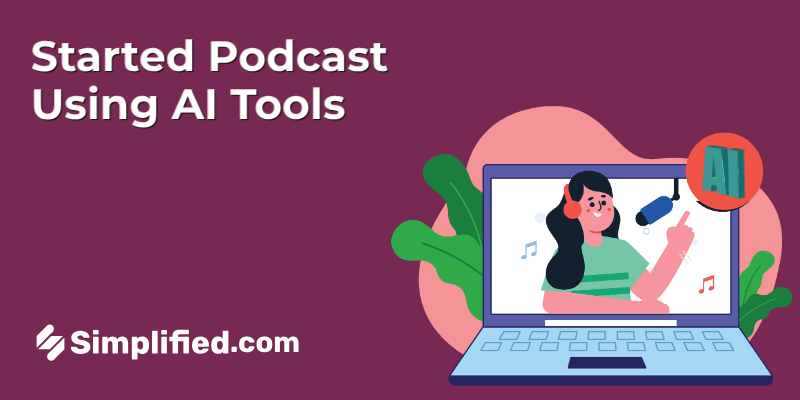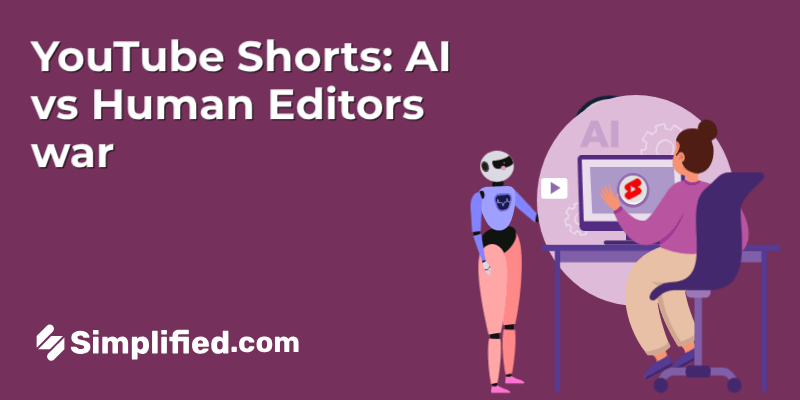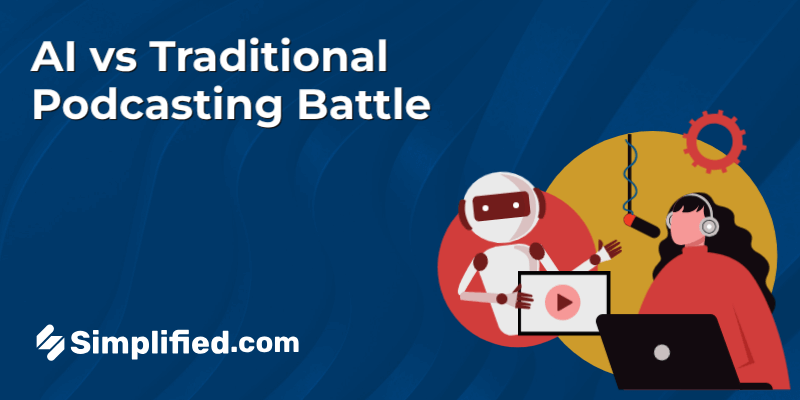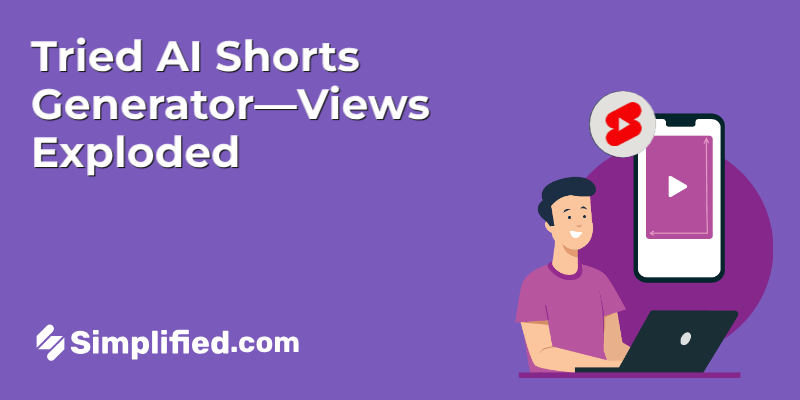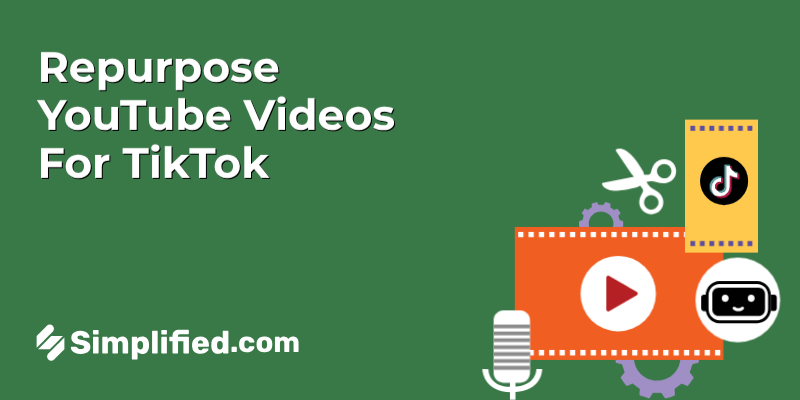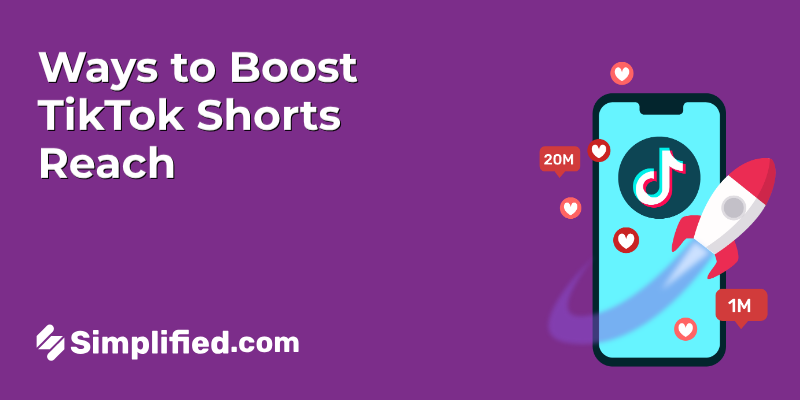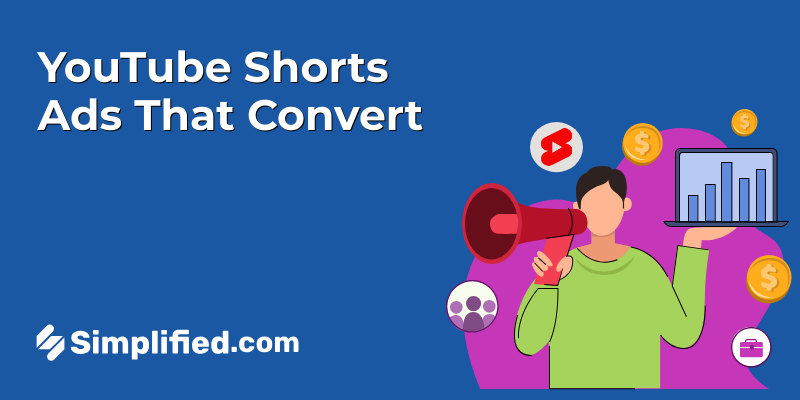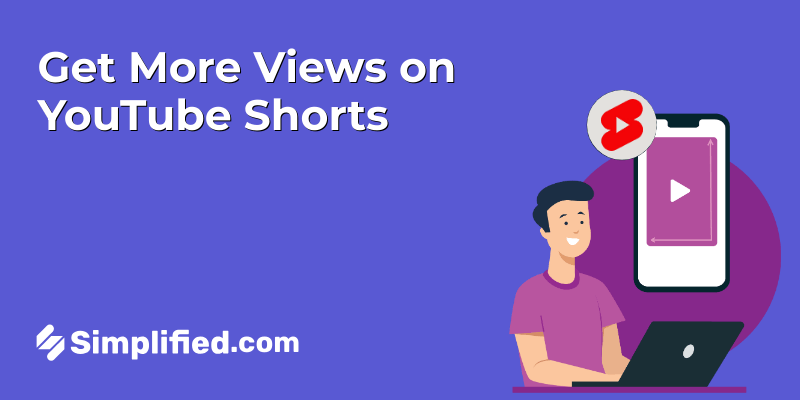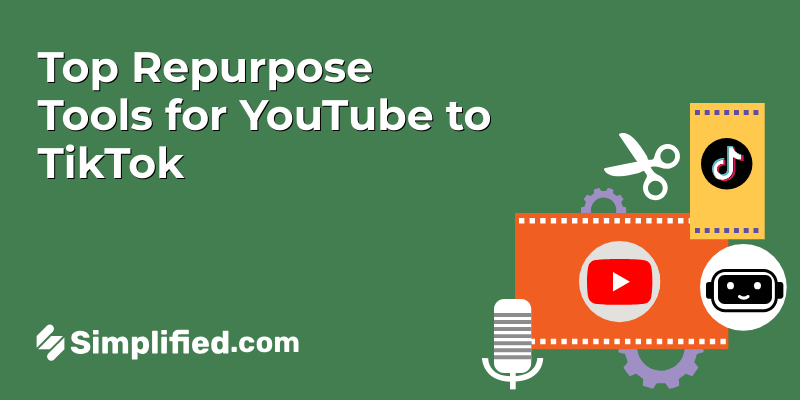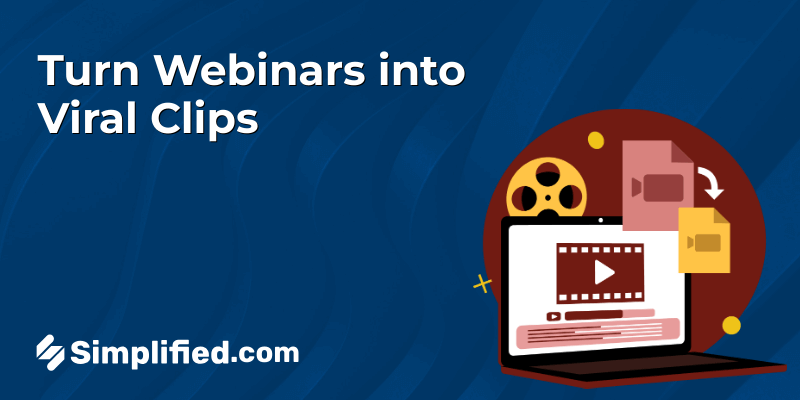
Webinars are a treasure trove of valuable content, often packed with insights, stories, and actionable advice. However, once the live session ends, the recorded webinar may sit unused, missing the opportunity to engage a broader audience. The solution? AI tools can help repurpose video content into viral social media clips, making the most of your efforts.
In this guide, we’ll explore step-by-step strategies for turning a single webinar into multiple engaging social media clips. We’ll also delve into how video clipping for social media and the right content repurposing tools can simplify the process and amplify your impact.
Why Repurpose Webinars into Social Media Clips?
1. Broader Reach: Your webinar might have been watched by dozens or even hundreds of attendees, but sharing shorter clips on social media platforms can expand your audience exponentially. Platforms like Instagram, TikTok, and LinkedIn thrive on concise, engaging video content. Using AI to repurpose video content for social media ensures that your message reaches users who may not have time to watch an entire webinar.
2. Increased Engagement: Short, focused clips are more likely to grab attention and encourage likes, comments, and shares. By highlighting key moments using an AI repurpose video approach, you can maximize your content’s potential for engagement.
3. Cost-Effective Marketing: Creating original social media videos can be time-consuming and costly. Using content repurposing software allows you to extract more value from your webinar, providing a cost-effective way to maintain an active social media presence.
Steps to Turn a Webinar into Viral Social Media Clips
1. Identify Key Moments
Begin by watching your webinar to find standout sections. Look for:
- Memorable quotes: For instance, if your webinar includes a speaker saying, “The future of marketing lies in understanding data-driven insights,” highlight it as a quote clip.
- Practical tips: For actionable advice, such as “Post on social media during peak audience hours for better engagement,” consider turning it into a standalone clip.
- Humorous or emotional moments: A light-hearted anecdote or heartfelt success story can resonate deeply with viewers.
- Audience Q&A: If someone asks, “How can small businesses manage social media on a budget?” and the answer is insightful, it could become a great clip.
Using timestamps, mark these moments to easily repurpose video content into short, engaging clips.
Bonus: Repurposing Content: Should You Be Doing It? [+ tools that help INSIDE]
2. Edit Using Video Tools
Video editing software or AI clips tools can help you:
- Trim unnecessary parts, focusing on the core message.
- Split long recordings into smaller, shareable segments. For example, turn a webinar on “5 Digital Marketing Strategies” into five separate clips.
- Resize videos for platform-specific requirements. Vertical formats work well for Instagram Reels and TikTok.
3. Add Captions and Subtitles
Captions enhance accessibility and engagement, particularly for viewers who watch without sound. For example:
When your speaker says, “Data analytics is essential for success,” use accurate captions to match.
Using an AI content repurposing tool, you can automate captioning, but always double-check for accuracy, especially for industry-specific jargon.
4. Adjust for Each Platform
Each social media platform has unique preferences for video formats and lengths:
- Instagram Reels and TikTok: Vertical videos under 60 seconds, highlighting concise takeaways from your webinar.
- YouTube Shorts: Quick tutorials or tips from your webinar in under 60 seconds.
- LinkedIn and Twitter: Professional insights shared in horizontal or square video formats, typically less than two minutes.
These adjustments ensure your repurposed video content performs well across platforms.
5. Add Branding
Ensure consistent branding by adding:
- Your logo in a corner.
- Brand-aligned fonts and colors for captions and overlays.
- A call-to-action like, “Watch the full webinar on our website.”
Using a content repurposing tool with branding features can make this step seamless.
Bonus: How To Crop Images and Clip Shapes
6. Schedule and Post Thoughtfully
Maximize visibility by scheduling posts during peak engagement times. For instance:
- If your audience is active on LinkedIn at 9 a.m. on weekdays, plan your posts accordingly.
- Use scheduling tools to publish consistently across platforms.
7. Write Clear Captions
Pair your clips with text that prompts interaction. Examples include:
- Asking questions: “What’s your go-to strategy for digital marketing success? Share below!”
- Sharing stats: “Did you know 75% of marketers rely on webinars for audience engagement?”
- Inviting further exploration: “Catch this quick clip for actionable tips on repurposing video content!”
Tools to Help You Repurpose Webinars
1. Simplified
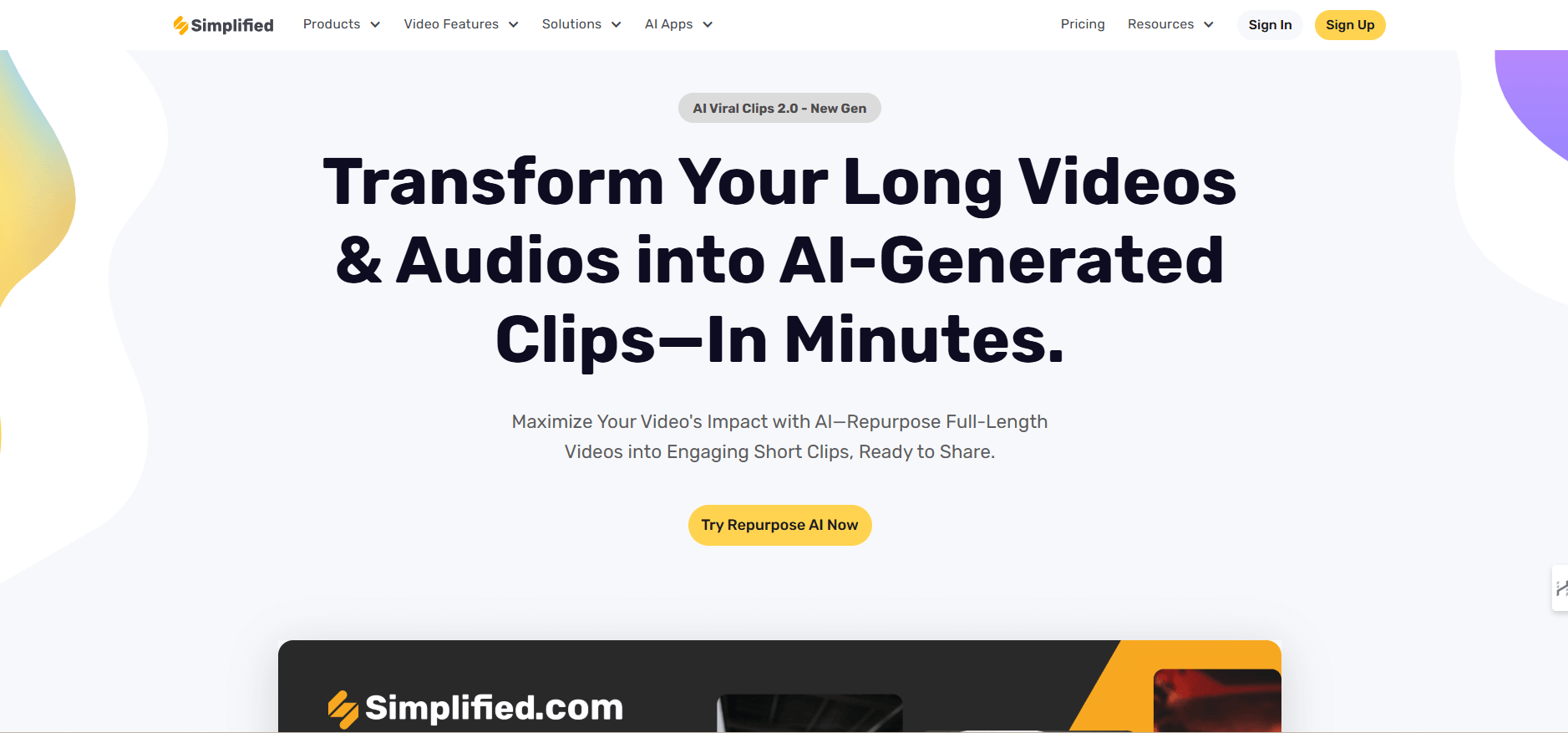
- Repurpose Webinar Content: Simplified allows you to turn long-form webinar videos into smaller content pieces such as blog posts, social media captions, and email templates.
- Multiple Formats: The platform supports different content formats, allowing you to convert your webinar into video snippets, text summaries, or even graphic posts.
- Easy Workflow: It offers an easy-to-navigate interface that lets you quickly edit and repurpose webinar content. You don’t need technical expertise to create shareable pieces from your content.
- Time-Saving: By using AI, it helps you quickly transform a single webinar into multiple content types, which you can distribute across various platforms like LinkedIn, Twitter, and Facebook.
2. Vizard.ai
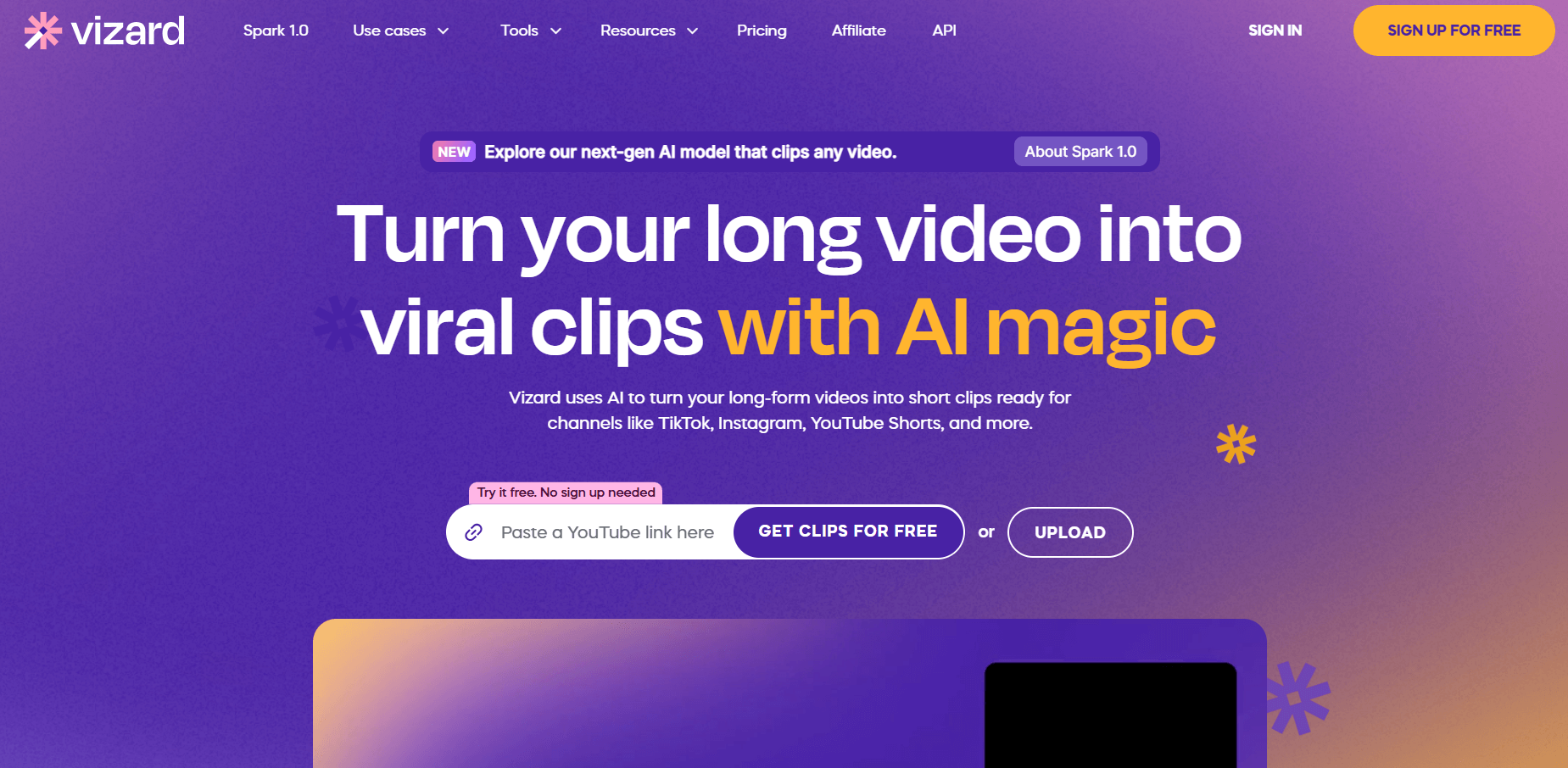
- Key Moment Extraction: Vizard.ai analyzes your webinar video and automatically extracts the most important segments, helping you break down the video into concise, easy-to-digest clips.
- Editing Options: The tool allows you to edit the extracted moments, including trimming, adjusting, or adding text, so you can make sure each clip serves a particular purpose.
- Multiple Content Formats: Once the key moments are extracted, you can repurpose the content into various formats like social media posts, short videos, or even written summaries for blogs or newsletters.
- Automated Repurposing: Vizard.ai’s AI engine handles the content extraction and repurposing, freeing you from doing these tasks manually.
Bonus: The Viral Tweet Blueprint: Proven Strategies for Making Your Tweet Go Viral
3. Opus.pro
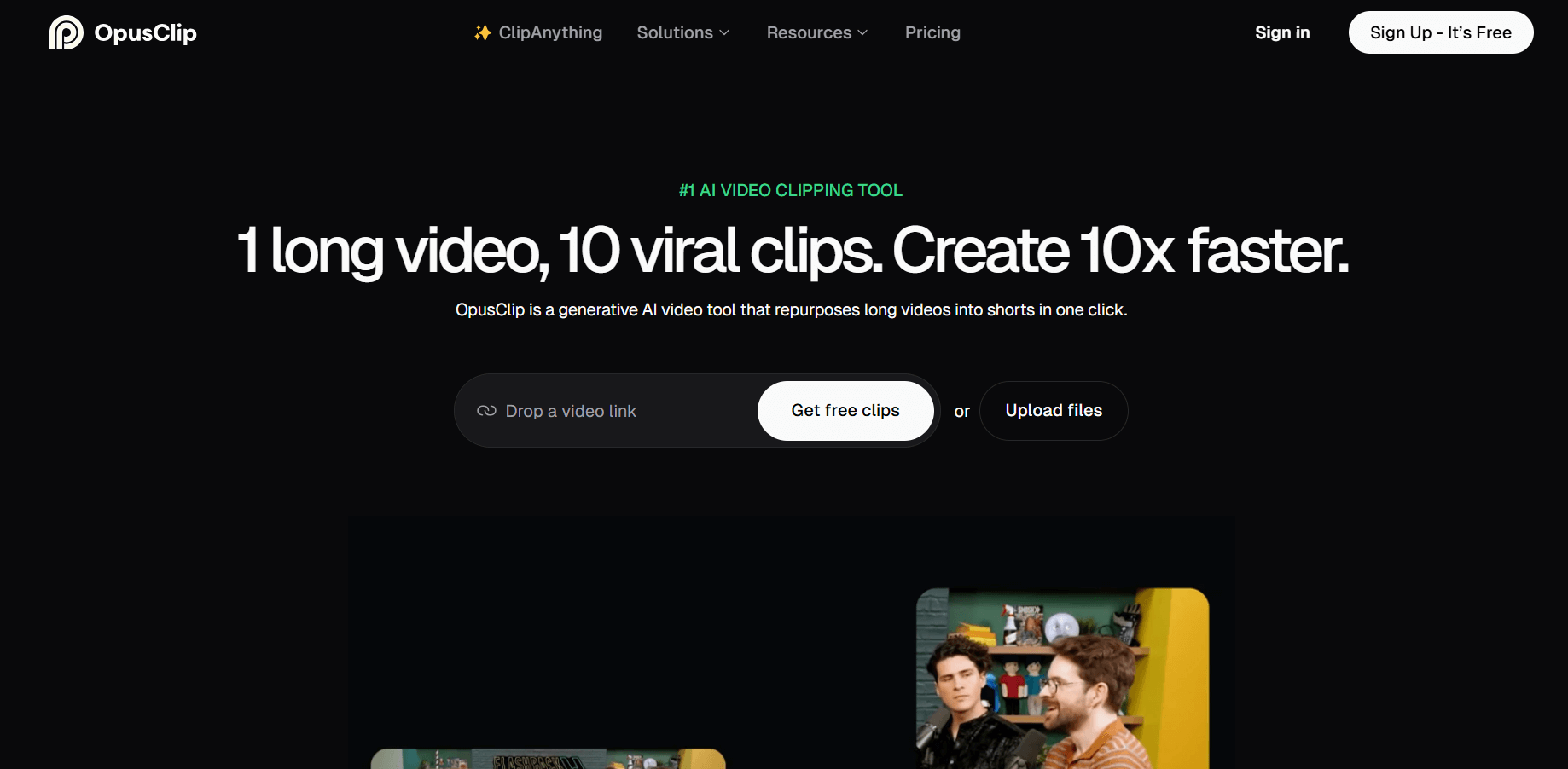
- Automatic Summarization: Opus.pro transcribes webinar videos and summarizes the content automatically. This allows you to quickly generate written versions of your webinars for blog posts, articles, or email newsletters.
- Content Segmentation: The platform helps divide your webinar into smaller segments, making it easier to create separate content pieces for different topics or discussions within the webinar.
- Video Clip Generation: Opus.pro extracts key clips from your webinar and formats them for use in social media posts, making it easier to share highlights or important points with your audience.
- Customizable Outputs: You can edit, reformat, or tweak the content created through Opus.pro to suit different platforms and audience preferences.
4. Repurpose.io
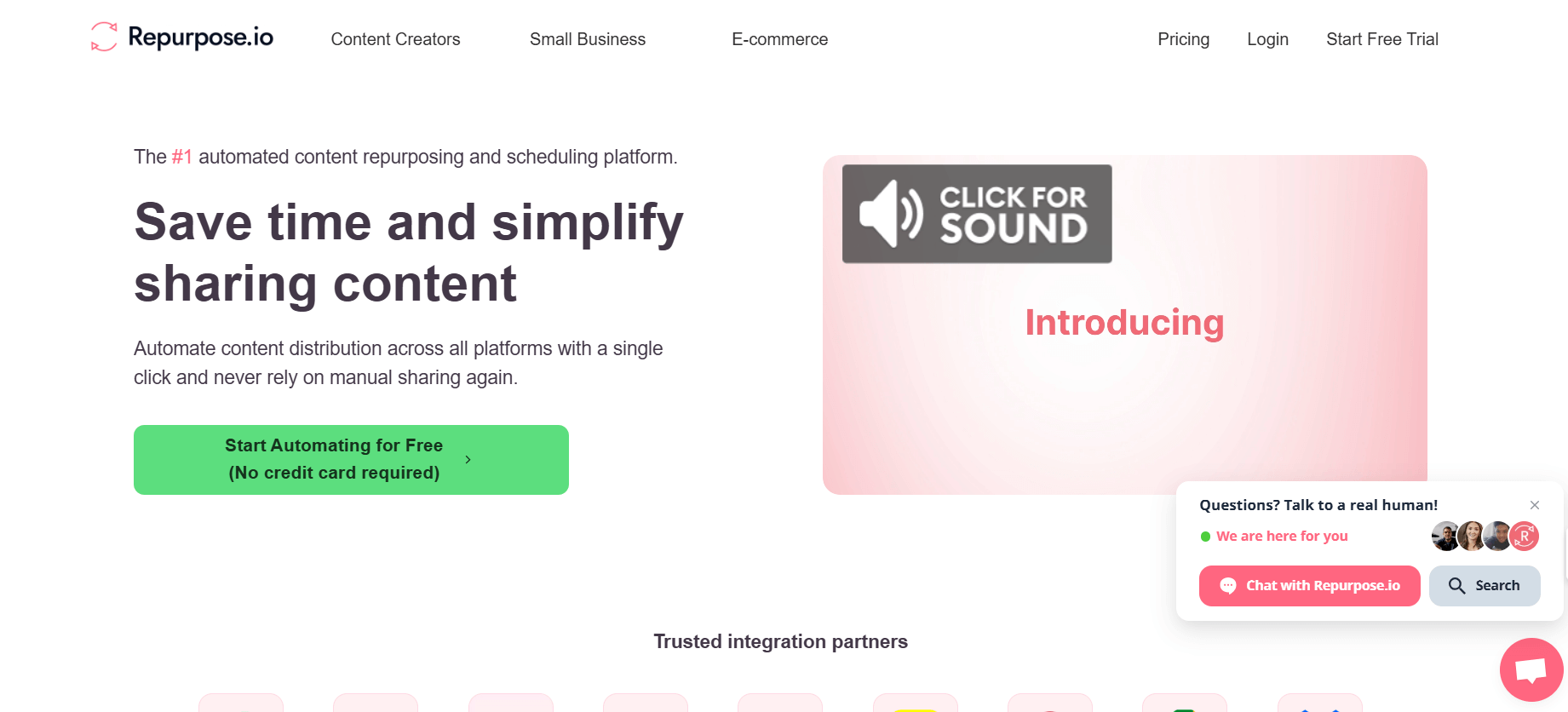
- Cross-Platform Distribution: Repurpose.io helps you distribute your webinar content across different platforms by converting it into video clips, audio files, or written summaries.
- Automated Process: After you upload your webinar content, Repurpose.io takes care of converting it into different formats and uploading it to platforms like YouTube, Facebook, Instagram, and more.
- Content Segmentation: You can choose the segments of the webinar you want to repurpose into specific content formats or media types.
- Batch Processing: It supports batch processing, meaning you can convert and upload multiple webinar recordings at once without additional manual effort.
5. Veed.io
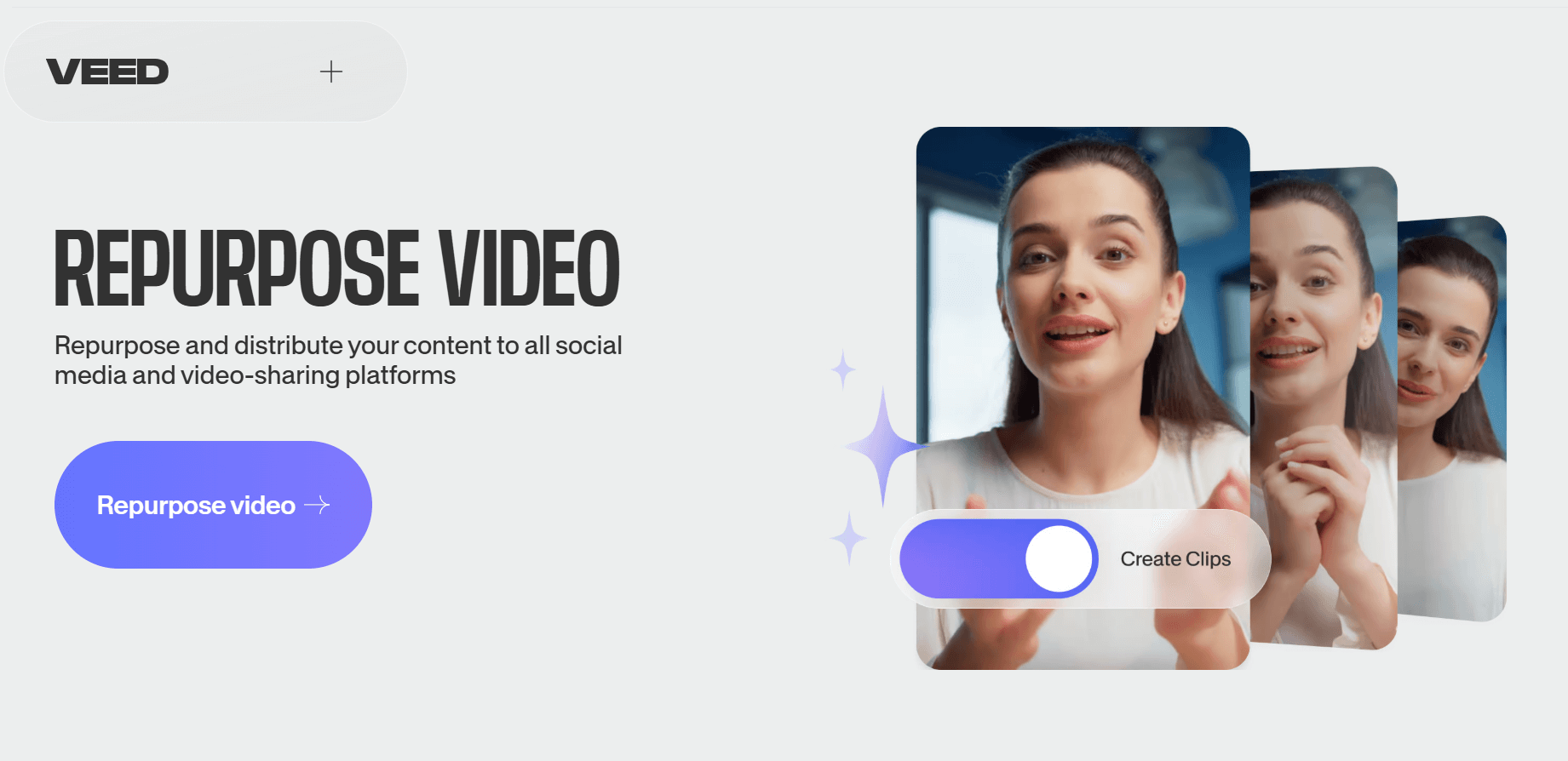
- Video Editing: Veed.io provides simple video editing features that allow you to trim, cut, and edit your webinar video. You can also add text, captions, and adjust visuals to make the content more suitable for different audiences.
- Create Short Clips: Using Veed.io, you can take long webinars and break them into shorter clips for social media platforms. These clips can highlight key points or moments from the webinar.
- Captioning and Subtitles: The platform helps add captions and subtitles, ensuring your content is accessible and more easily understood by a wider audience.
- Content Customization: Once the webinar is edited, you can adjust the format to fit specific platform requirements (such as Instagram, YouTube, or TikTok).
Bonus: Top 10 Free Video Mergers Without Watermark
6. Kapwing
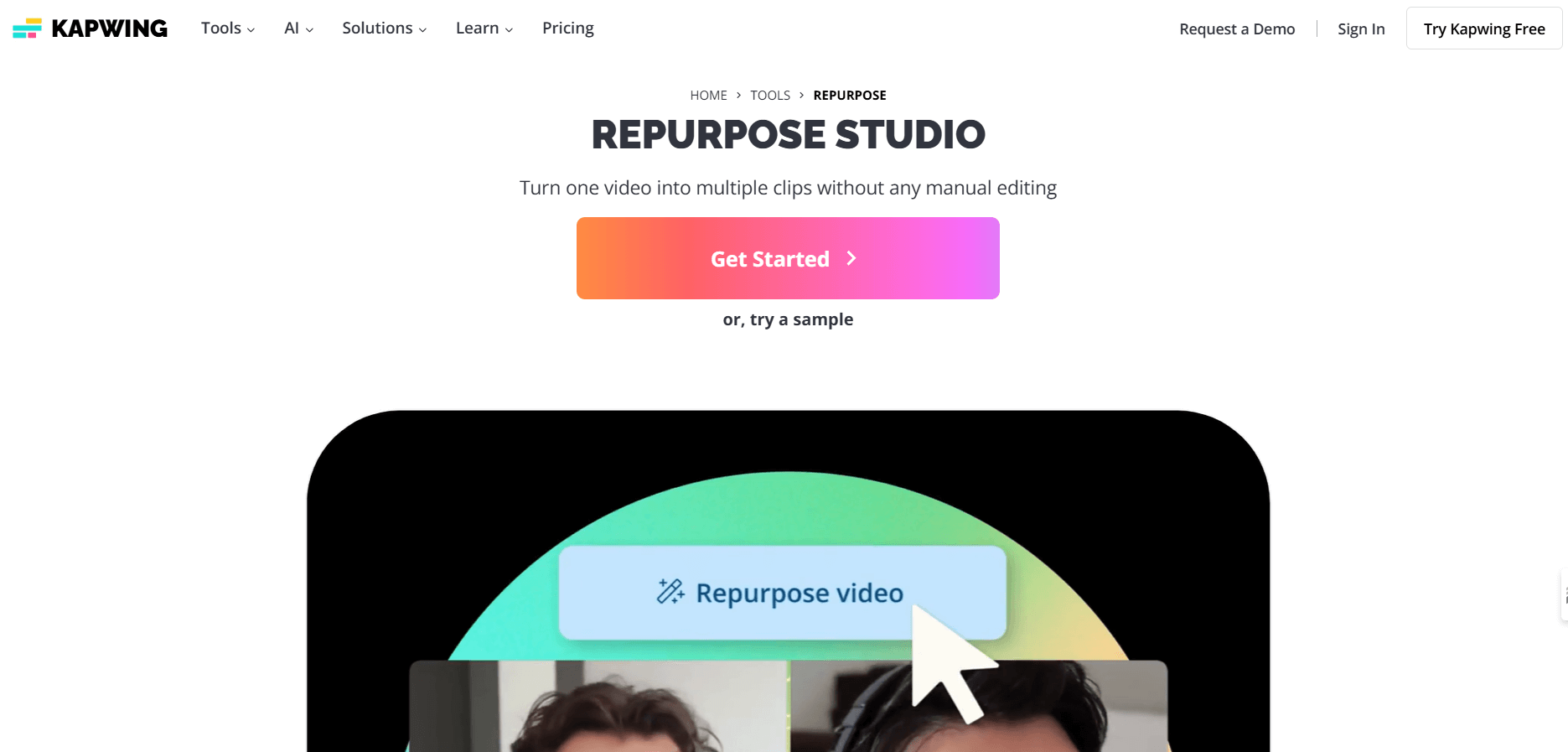
- Content Editing: Kapwing offers tools to cut, trim, and edit webinar videos. You can remove unnecessary parts, highlight key takeaways, and tailor the video content for different social media platforms.
- Video and Image Support: Not only can you work with videos, but Kapwing also allows you to create images, GIFs, and memes from webinar content, giving you the flexibility to produce a wide variety of content types.
- Templates: Kapwing offers templates that you can use to make your video content more appealing or aligned with the branding of your business. These templates help in speeding up the repurposing process.
- Subtitles and Transcriptions: With AI-powered transcription tools, Kapwing can automatically generate subtitles for your webinars, making them more engaging for audiences who prefer reading or need accessibility options.
These tools provide a range of capabilities for repurposing webinars into shorter, easily shareable content formats for a variety of platforms, making the content more accessible and engaging for a wider audience.
Tips for Creating Viral Social Media Clips
1. Focus on High-Impact Moments
Search for powerful insights, compelling facts, or key takeaways that stand alone. A standout quote or a fact can grab attention quickly.
Example: If your webinar discussed AI’s role in business, pull a clip where you say, “AI is no longer a luxury—it’s a necessity for small businesses to scale in 2025.”
2. Break Into Bite-Sized Clips
Short clips (20-60 seconds) are ideal for sharing. Focus on one point or idea to avoid overwhelming the viewer.
Example: A 30-second clip on how to use a specific tool from your webinar, like “This simple strategy will cut your social media content creation time in half.”
3. Focus on Engagement Through Ask Thoughtful Questions
Extract clips where you ask engaging, open-ended questions or invite comments. These can encourage viewers to interact.
Example: “What’s your #1 tip for automating tasks? Drop it in the comments below!”
4. Add Visuals and Text
Enhance your clip with text overlays, animations, or graphs that help explain key ideas. Visuals grab attention and keep people watching.
Example: While explaining a statistic, add the number as a large text overlay, such as “80% of marketers now rely on automation tools!”
Bonus: The Viral Tweet Blueprint: Proven Strategies for Making Your Tweet Go Viral
5. Highlight Quotes
Pull out powerful, thought-provoking, or funny quotes from your webinar. Quotes often make for shareable, bite-sized clips.
Example: “Success isn’t about working harder—it’s about working smarter. And automation is the smartest way forward.”
6. Use Different Video Formats to Adapt to Each Platform’s Preferences: :
For TikTok, Instagram, and Stories, create vertical clips. For YouTube or Facebook, horizontal clips work best. Each platform has different preferences for video formats.
Example: A vertical clip showing the first 15 seconds of your webinar with a catchy quote, optimized for TikTok or Instagram Reels.
7. Incorporate Humor
If something humorous happened during the webinar, use it! Humor increases shareability.
Example: A lighthearted, unexpected moment, like a technical glitch or a funny comment from the audience, can humanize your content and encourage shares.
8. Share Key Stats
Clips with stats or trends that viewers can’t ignore are share-worthy. Numbers can help validate your points and capture attention.
Example: “In 2024, 90% of businesses saw a 20% increase in productivity after implementing AI automation” — presented with a bar chart or infographic.
9. Feature Testimonials
If attendees shared their thoughts or testimonials, create clips featuring them. People trust social proof, and it can also show how valuable your webinar was.
Example: A 20-second clip from a participant saying, “This webinar changed the way I view social media marketing—thank you for the amazing insights!”
10. Tease Future Content
Generate interest in your next webinar or content by providing a sneak peek or teaser clip.
Example: A quick preview of an upcoming webinar topic: “In our next session, we’ll dive deep into using automation to scale your business—don’t miss it!”
Additional Tips for Turning Webinars Into Viral Clips:
- Keep Text Short and Impactful: On social media, you need to make sure your message is digestible. Use captions and ensure the key point is clear.
- Repurpose in Different Styles: Repurpose the same idea in different formats. For example, turn a discussion on automation into a “myth vs fact” series, a testimonial video, or a list of “3 actionable tips.”
- Encourage Sharing: At the end of each clip, include a subtle reminder to share, such as “Tag someone who needs this tip” or “Share if you agree!”
- Use Hashtags: Incorporate relevant hashtags like #Automation, #AI, #SocialMediaTips, etc., to increase discoverability.
Examples of Viral AI Clips from Webinars
1. Powerful Industry Insight or Statistic
Clip Concept: A clip showcasing a surprising or impactful statistic or data point discussed during the webinar. This kind of clip is highly shareable because people love to share new knowledge.
- Example: “Did you know 70% of small businesses plan to adopt AI tools within the next year?” Accompanied by a simple infographic or data visualization.
- Why It Works: Numbers and statistics often spark curiosity and are easy to digest, making them shareable on platforms like LinkedIn, Twitter, or Facebook.
2. Expert Opinion or Bold Statement
Clip Concept: A strong opinion or bold statement by the webinar host or guest expert that challenges conventional thinking or provokes thought.
- Example: “Social media marketing is dead. Here’s why you need to start investing in automation now.”
- Why It Works: Bold statements make viewers think and feel compelled to share their thoughts. These clips can create debates or spark conversations in the comments section.
3. Actionable Tip or How-To
Clip Concept: A concise, actionable tip or step-by-step instruction on how to improve or optimize something.
- Example: “In 3 simple steps, you can automate your email campaigns and save hours each week. Here’s how…” Followed by a brief demonstration.
- Why It Works: Viewers love content they can apply immediately. Offering a quick, actionable piece of advice can increase shares, especially if it helps solve a problem.
4. Audience Q&A Moment
Clip Concept: A clip from the Q&A portion of the webinar where a particularly interesting or insightful question is answered. These clips work well when the response is detailed and thought-provoking.
- Example: “How can I scale my social media automation without losing authenticity? Here’s what you need to know…”
- Why It Works: It shows engagement with the audience and provides value through personal interaction, which resonates with viewers who are likely to share or comment.
5. Inspirational Story or Case Study
Clip Concept: A success story or case study that showcases how someone or a business achieved great results using the strategies discussed in the webinar.
- Example: “Here’s how one company doubled their sales using AI-powered tools to automate their marketing…”
- Why It Works: People love stories, especially success stories. Case studies help validate the content and offer proof that the strategies work, encouraging shares.
6. Behind-the-Scenes or Funny Moment
Clip Concept: A lighthearted or funny moment from the webinar that shows the human side of the presentation. It could be a tech fail, a funny comment, or an unexpected event that breaks the tension.
- Example: A funny moment where the speaker accidentally says something humorous or unplanned, like “Well, I guess my computer is smarter than I thought.”
- Why It Works: Humor and authenticity make content more relatable. Viewers are more likely to share something that entertains, creating a sense of connection.
7. Myth-Busting or Common Misconception
Clip Concept: A clip where the speaker debunks a common myth or misconception related to the webinar topic.
- Example: “Myth: You need a huge budget to automate your business. Truth: You can get started for under $100.”
- Why It Works: Myth-busting is a great way to challenge conventional wisdom. These clips often make people rethink their beliefs, making them more likely to share the information with others.
8. Teaser for Upcoming Content
Clip Concept: A teaser or preview of something exciting to come, such as an upcoming webinar, product launch, or follow-up content.
- Example: “In our next webinar, we’re going to reveal the top tools that can save you 10 hours a week. Don’t miss it!”
- Why It Works: Creating anticipation encourages people to stay tuned for more. Teasers drive engagement by making your audience eager to learn more.
9. Controversial Opinion
Clip Concept: A thought-provoking, controversial opinion or take on a hot topic that could divide your audience but spark conversation.
- Example: “The future of marketing is AI, and anyone not adopting it is already behind.”
- Why It Works: Controversial opinions often lead to high engagement, as viewers feel compelled to agree or disagree, leading to discussions and shares.
10. Call-to-Action or Challenge
Clip Concept: A clip where the speaker challenges the audience to take specific action or apply what they’ve learned during the webinar.
- Example: “I challenge you to automate one part of your business by the end of this week. Let me know what you choose in the comments below!”
- Why It Works: Challenges create a sense of urgency and personal accountability. They engage the audience and encourage people to share their progress, boosting the clip’s visibility.
Benefits of Using Content Repurposing AI
Using content repurposing AI improves the entire process, ensuring efficiency and quality. Here are some advantages:
- Time-Saving: AI tools can analyze, clip, and format videos quickly.
- Consistency: Automated tools ensure branding and style remain uniform.
- Data-Driven Insights: Many tools offer analytics to help you refine your content strategy.
Repurposing Beyond Social Media
Here are examples for repurposing webinar clips across different channels:
- Email Campaigns: Use short clips from past webinars as teasers to encourage sign-ups for future events. For example, include a 30-second clip that highlights key insights or speakers.
For Example: You host a webinar on “Effective Content Marketing Strategies,” and in your follow-up email promoting a future webinar, you include a 30-second clip where the guest speaker shares a valuable content marketing tip. - Blog Posts: Embed relevant webinar clips in blog articles to enhance content and provide visual context. A clip showing how a product works can complement a blog about that product.
- Presentations and Pitch Decks: Add clips to presentations to illustrate key points and make your pitch more engaging. A demo clip from a webinar can be effective in explaining complex ideas.
For Example: In your pitch to a potential investor, you include a clip from your webinar where a customer explains how they used your product to solve a specific problem. This clip adds credibility to your pitch and makes the case more compelling. - Paid Ads: Convert webinar clips into video ads for paid campaigns, providing a visual way to attract new prospects. A short clip explaining a solution or product can be used in an ad.
For Example: You create a Facebook ad campaign for your upcoming webinar. The ad includes a 30-second clip from a previous webinar where an expert talks about the benefits of attending the live session. - Podcast Content: Extract relevant clips from webinars to create podcast episodes. A clip about industry trends can be edited into an informative podcast episode.
Conclusion
Repurposing webinars through video clipping for social media is a practical way to maximize your content’s reach and impact. By extracting meaningful moments and adapting them for different platforms, you can create engaging content that resonates with your audience. This approach not only helps increase your visibility across channels but also ensures that the valuable insights shared in your webinars continue to benefit your audience. With the right strategy and tools, AI clips can turn every webinar into a long-term asset for your brand.

